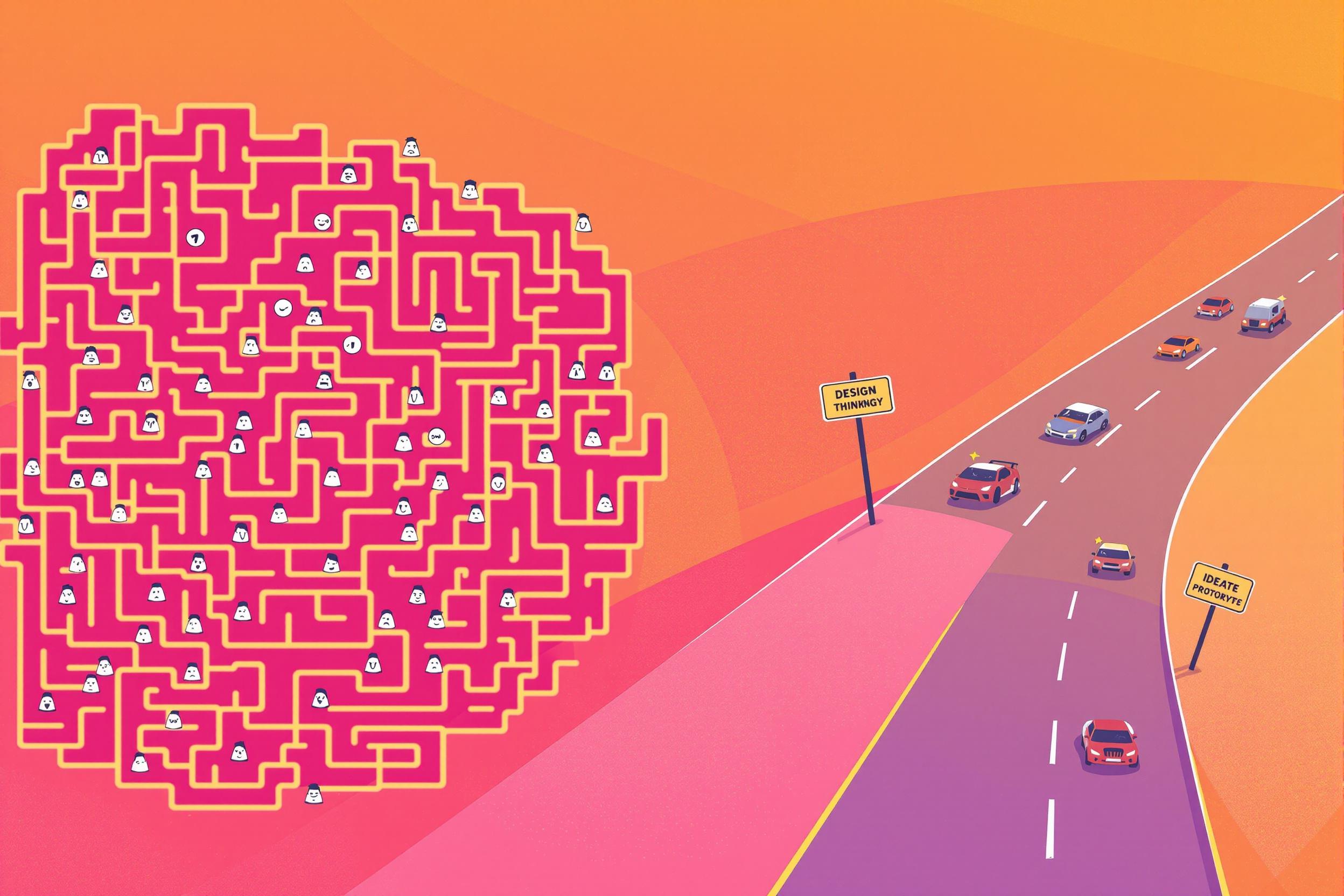
Network Design
Network Design in logistics refers to the process of planning and creating the best possible arrangement of warehouses, distribution centers, and transportation routes to move products efficiently. It's like creating a detailed roadmap for how goods will flow from manufacturers to customers. This involves deciding where to place facilities, which transportation methods to use, and how to reduce costs while maintaining good service. When you see this term in a resume, it usually means the person has experience in analyzing and improving how companies deliver their products. Similar terms include "Supply Chain Network Optimization" or "Distribution Network Planning."
Examples in Resumes
Led a Network Design project that reduced transportation costs by 15% for a retail client
Developed Network Design and Distribution Network solutions for multinational consumer goods company
Created Supply Chain Network Design strategy resulting in optimal warehouse locations across Europe
Typical job title: "Network Design Consultants"
Also try searching for:
Where to Find Network Design Consultants
Professional Organizations
Online Communities
Job Boards
Example Interview Questions
Senior Level Questions
Q: Can you describe a complex network design project you led and what were the outcomes?
Expected Answer: Look for answers that demonstrate leadership in managing large-scale projects, ability to balance multiple factors like costs and service levels, and measurable results such as cost savings or improved delivery times.
Q: How do you approach stakeholder management in network design projects?
Expected Answer: Strong answers should cover experience in dealing with different departments (operations, finance, sales), presenting complex information simply, and managing competing priorities.
Mid Level Questions
Q: What factors do you consider when designing a distribution network?
Expected Answer: Should mention key elements like transportation costs, warehouse locations, delivery time requirements, and customer service levels without getting too technical.
Q: How do you measure the success of a network design project?
Expected Answer: Look for understanding of key metrics like cost reduction, delivery time improvement, inventory reduction, and customer satisfaction levels.
Junior Level Questions
Q: What basic tools do you use for network design analysis?
Expected Answer: Should be able to discuss common software tools and basic analysis methods, showing understanding of data collection and simple cost calculations.
Q: How would you gather data needed for a network design project?
Expected Answer: Should demonstrate understanding of basic data needs like shipping volumes, transportation costs, and facility locations.
Experience Level Indicators
Junior (0-2 years)
- Basic understanding of supply chain operations
- Data collection and analysis
- Use of common logistics software
- Simple cost calculations
Mid (2-5 years)
- Project management
- Transportation cost analysis
- Network modeling
- Stakeholder communication
Senior (5+ years)
- Strategic planning
- Large-scale project leadership
- Advanced optimization techniques
- Cross-functional team management
Red Flags to Watch For
- No experience with real-world logistics operations
- Lack of project management skills
- Unable to explain basic supply chain concepts
- No experience with data analysis tools
- Poor understanding of transportation costs and constraints
Related Terms
Need more hiring wisdom? Check these out...

Remote Hiring Playbook: Building High-Performing Distributed Teams

Why Your Hiring Process is a Maze (And How Design Thinking Can Turn It into a Superhighway)

Unlocking Talent Offline: Innovative Strategies for Recruiting in Low-Internet Areas

